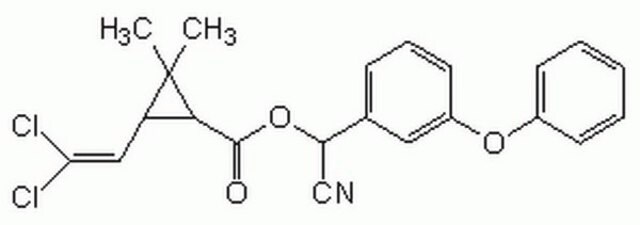306568
Potassium hydroxide
semiconductor grade, pellets, 99.99% trace metals basis (Purity excludes sodium content.)
Synonym(s):
Caustic potash
About This Item
Recommended Products
grade
semiconductor grade
Quality Level
vapor pressure
1 mmHg ( 719 °C)
assay
99.99% trace metals basis (Purity excludes sodium content.)
form
pellets
composition
KOH, >85.0%
impurities
15% water
pH
~13.5 (25 °C, 5.6 g/L)
mp
361 °C (lit.)
cation traces
Na: ≤500.0 ppm
SMILES string
[OH-].[K+]
InChI
1S/K.H2O/h;1H2/q+1;/p-1
InChI key
KWYUFKZDYYNOTN-UHFFFAOYSA-M
Looking for similar products? Visit Product Comparison Guide
Related Categories
General description
Application
- As a base in the synthesis of imines, starting from amines and alcohols.
- As a base in β-alkylation of secondary alcohols with primary alcohols without any transition metal catalyst.
- In combination with aluminium for pinacolization of aromatic aldehydes and reduction of hindered ketones.
- As a precipitating agent in the synthesis of MnZn ferrites nanoparticles (Mn0.8Zn0.2Fe2O4 ferrite nanoparticles) by modified hydrothermal method.
signalword
Danger
hcodes
Hazard Classifications
Acute Tox. 4 Oral - Eye Dam. 1 - Met. Corr. 1 - Skin Corr. 1A
Storage Class
8A - Combustible corrosive hazardous materials
wgk_germany
WGK 1
flash_point_f
Not applicable
flash_point_c
Not applicable
Choose from one of the most recent versions:
Already Own This Product?
Find documentation for the products that you have recently purchased in the Document Library.
Customers Also Viewed
Our team of scientists has experience in all areas of research including Life Science, Material Science, Chemical Synthesis, Chromatography, Analytical and many others.
Contact Technical Service





